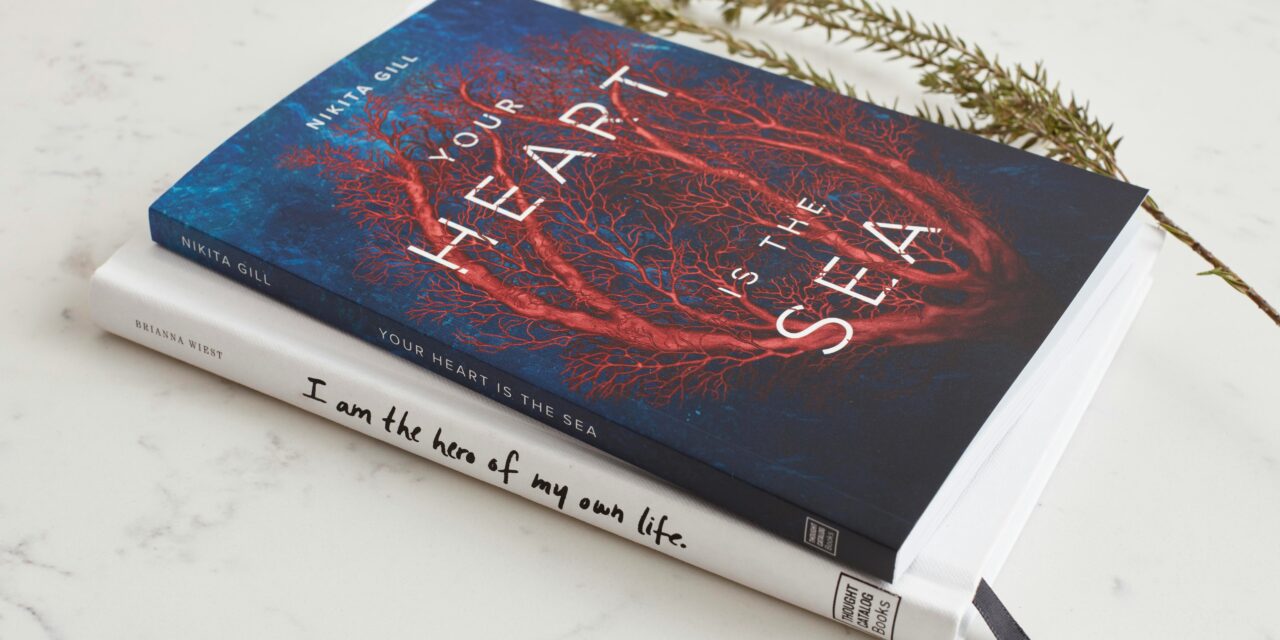I have realized that statements like “Don’t judge a book by its cover” were created by people trying to cover up shoddy book cover designs.
And I know, I know, it’s a controversial comment to make. Still, in the world of books, Your cover serves as your book’s ambassador, enticing readers to venture into the realm of the story that awaits within. How else should we judge a book?
As we continue discussing the essential components of successful book cover design, we will look at the role of imagery. This silent storyteller embodies the essence of the narrative and captivates the observer in a single glance.
The Visual Symphony of Imagery: Crafting a Seamless Narrative
Imagery is the face of a book cover, breathing life into the title and sometimes providing valuable context.
Hopefully, the symphony of color, shape, and texture will all blend to replicate the mood and theme of the book. There are many ways to go about it. You can go with striking illustrations or beautifully taken photographs; the imagery can, in some instances, do way more work than the actual title of the book.
Eliciting Emotion and Curiosity: The Power of Visual Appeal
The true power of imagery lies in its ability to evoke emotions and spark curiosity within the viewer. A well-chosen image has the potential to:
Tug at heartstrings,
Stir excitement,
And ignite intrigue,
Compelling the reader to immerse themselves in the narrative. Whether it’s a mysterious silhouette shrouded in shadow, a vibrant splash of color that catches the eye, or a serene landscape that transports the viewer to a distant world, the imagery on a book cover can strike an emotional chord and draw the reader in.
Relevance and Resonance: Aligning Imagery with Content
One of the fundamental principles of effective book cover design is the alignment of imagery with the book’s content. The visual elements chosen for the cover must resonate with the narrative’s genre, tone, and central themes. Whether it’s a whimsical illustration for a children’s book, a haunting photograph for a thriller, or an abstract design for a thought-provoking novel, the imagery should represent the story it encapsulates. By selecting imagery that resonates with the book’s essence, designers can create a seamless and compelling visual narrative that resonates with readers on a deeper level.
Strategic Composition and Balance: The Art of Visual Harmony
The composition and balance of imagery on a book cover are critical in defining its visual impact. It doesn’t help if you have the best design on the cover or if it is not sized or aligned correctly. You must carefully consider the placement and scale of your illustrations/photographs to create a cohesive design. What are your focal points? Is the text syncing with the visuals? The text may be a part of the visuals?
By striking a harmonious balance between the various elements of imagery, designers can create a cover that captures attention and conveys a sense of visual harmony and coherence.
Conclusion
Creating captivating book covers is to dance a fine line between creativity and strategy.
You can only compose the best design after you have understood the book’s essence. Once you capture the gist of what the author envisioned, a designer can create a cover that will resonate with readers.
In a world where we still judge books by their covers, make sure the first impression counts.











